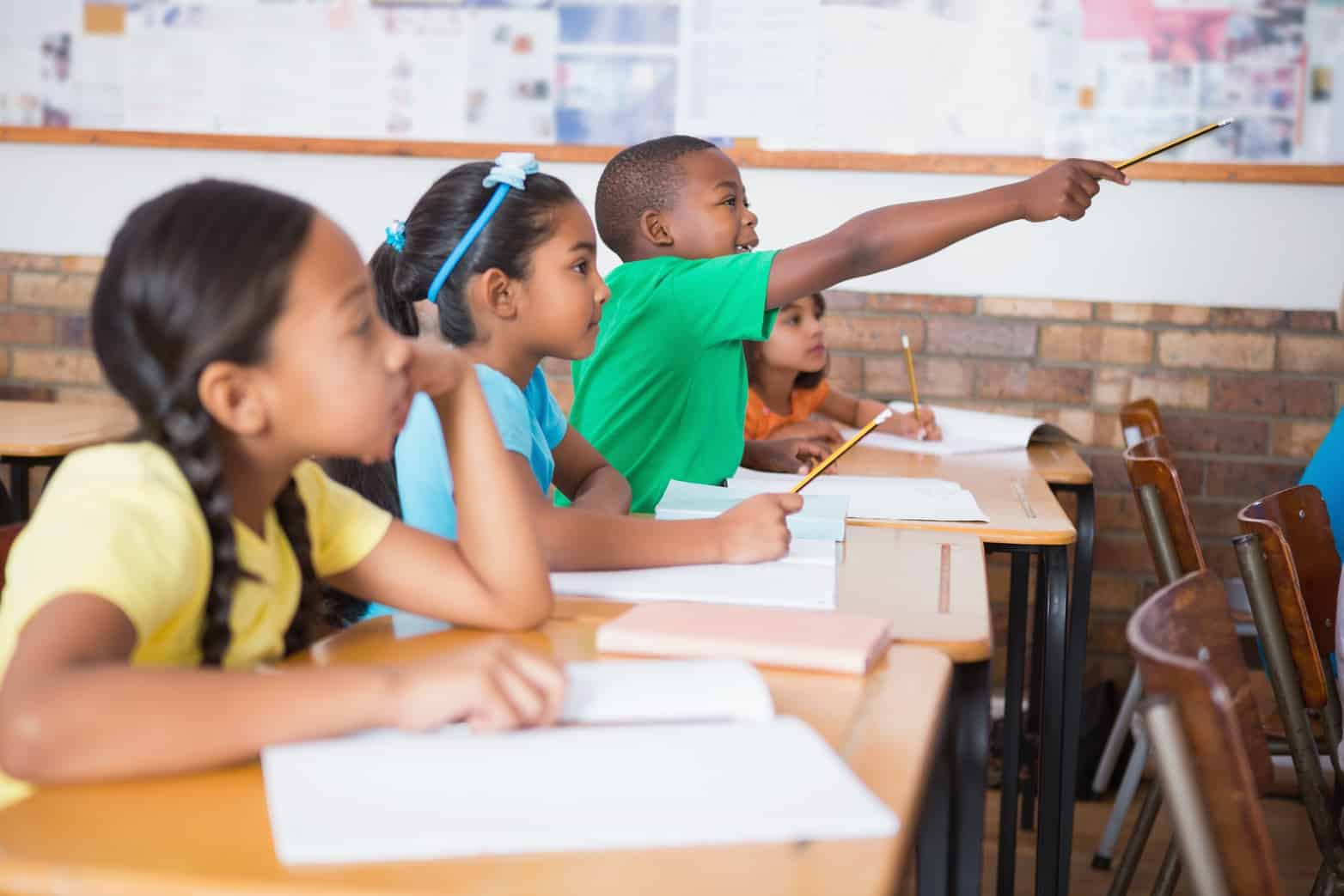At Student Achievement Partners (SAP), we’ve been spending a lot of time digging into the work of Dr. Gloria Ladson-Billings, who in 1995 developed an approach to teaching, culturally relevant pedagogy, that centered student achievement, cultural competence, and socio-political consciousness. According to Dr. Ladson-Billings, culturally relevant pedagogy is:
…a pedagogy of opposition not unlike critical pedagogy but specifically committed to collective, not merely individual, empowerment. Culturally relevant pedagogy rests on three criteria or propositions: (a) Students must experience academic success: (b) students must develop and/or maintain cultural competence; (c) students must develop a critical consciousness through which they challenge the status quo of the social order. (Ladson-Billings 160)
According to Dr. Ladson-Billings, the three propositions named above are essential to helping students feel empowered inside the classroom and beyond. The culturally relevant approach aims to get students to “choose” academic success by holding them to high academic standards and teaching content that is relevant and meaningful to them within their social and cultural contexts. By teaching content that draws directly from the social and cultural experiences of students in the classroom, educators can foster cultural competence and critical consciousness: cultural competence requires educators to use the cultural and social norms of students as a foundation for learning and as a bridge between cultures in classrooms; critical consciousness emphasizes the social and cultural knowledge students possess by encouraging students to examine and question the impact of sociopolitical issues on their communities.
Intersecting all of these ideas with SAP’s historical focus on academic standards as the promise of equitable instruction is no easy task. We talk about it. Consistently. We are learning, unlearning, unpacking, and examining all the ways in which standards and culturally relevant pedagogy can work together…or not.
What’s surfacing for us in these conversations, though, is that there’s no prescribed way to do culturally relevant pedagogy. It’s an active practice—always changing to meet the needs of students in classrooms. The students in K-12 classrooms today are not the same ones teachers were engaging with in 2011 or 2001 or 1991. Like students and the culture(s) that influences them, teachers need to evolve in approach, in content, and in practice. They need to stay fresh.
Rap is something you do; hip hop is something you live.
– KRS One
This is what Dr. Ladson-Billings describes as being “hip hop.” In a 2015 talk at UC Davis School of Education entitled “Hip Hop, Hip Hope: (R)Evolution of Culturally Relevant Pedagogy,” Dr. Ladson-Billings elaborated on this idea of hip hop culture informing the classroom:
Hip hop can be an important cultural vehicle for connecting with new century students…I want to be clear: I’m not suggesting the over 40 crowd should adopt the hip hop aesthetic, but rather, the anthropologist in me believes that it is important to know as much about a culture with which you work as possible.
According to Dr. Ladson-Billings, embodying hip hop in the classroom calls for the recognition of both the power of popular culture and the longevity of hip hop itself. Both are ever-evolving as students move through the school system. So, too, should the system itself evolve. So, too, should we all. SAP included.
Now more than ever, students need educators who regularly rethink and challenge structures that suppress what isn’t cultivated in the classroom—that is, educators who understand that there isn’t one right way to think, create, speak, or behave. Students need educators who embrace their potential as learners, thinkers, creators, and doers, and match that potential with innovative ideas about what education can and should look like.
The next post in this series will explore the ingenuity of hip-hop culture and how that spirit of ingenuity can transform classroom practice.


















So true! I have much better rapport with students when I learn about their culture. Important to know our students and how each individual best thrives.
Music is a driving force in students’ life. The hip-hop culture has been a strong force in which students follow their format. It is a learning tool in which students can flourish in all they do in the classroom
Culturally relevant pedagogy also calls for students to develop critical perspectives that challenge societal inequalities, it focuses on the multiple aspects of students’ achievement and support to uphold their cultural identities imperative for the success of students’ learning process.
I absolutely agree with the content of this article. I strive every day to embrace the diverse learning styles and ideas of my students while also reflecting and changing the delivery of the content that needs to be taught to cultivate a desire to learn and enjoyment within the classroom.
I love the “flipping something out of nothing” quote and the meaning of “genius” being creative resourcefulness in the face of limited resources.